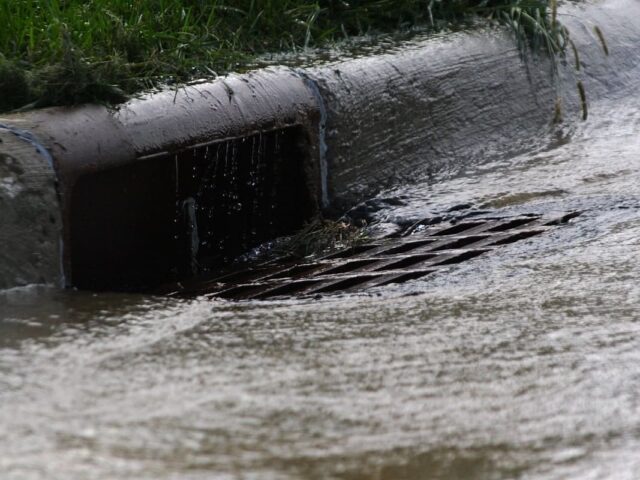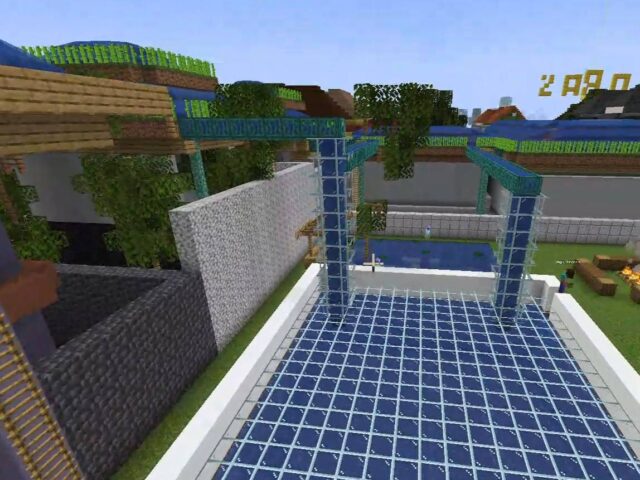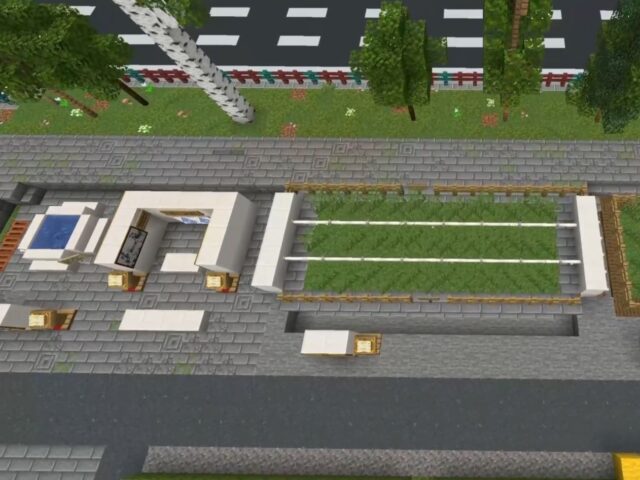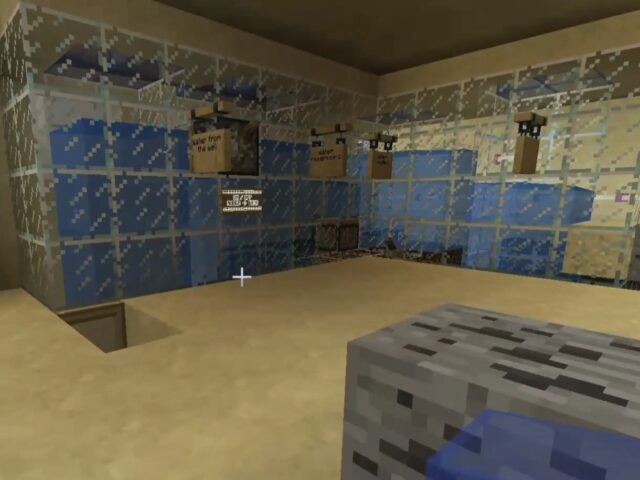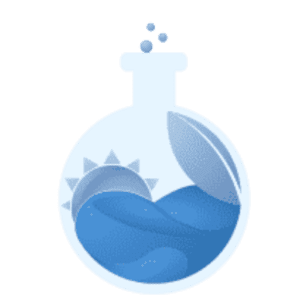Runoff is the movement of water across the ground surface generated by precipitation or melting snow. This happens when rainfall surpasses the soil’s ability to absorb it, causing water to flow over the ground rather than infiltrating it. This extra water then accumulates and travels across the landscapes and eventually finds its way into rivers, streams, lakes, and other bodies of water, or even be collected by drainage systems in urban areas.
This natural phenomenon may occur in both natural and man-made landscapes. However, in urban regions where large areas are covered with impermeable surfaces such as roads, walkways, and buildings, runoff can become an even more significant problem. As can be seen from Figure 1 below, runoff generated in developed areas is significantly higher compared to the pre-developed areas. This is due to impermeable surface that keeps water from soaking into the ground, resulting in increased quantities of runoff, which can create issues such as floods, erosion, and water pollution.

The water quality of runoff might also be an issue. When water flows over surfaces like roadways, parking lots, and industrial zones, it can pick up pollutants, chemicals, debris, sediment, and even small trash distributed along the landscapes. This polluted runoff, often known as “stormwater pollution,” can harm local water bodies and ecosystems by introducing toxins and hurting the aquatic environment2.
Effective runoff management is critical to prevent its detrimental effects on urban areas and the environment. Implementing green infrastructure (such as permeable sidewalks and rain gardens), designing proper drainage systems, adopting erosion control measures, and promoting responsible land use practices that reduce surface impermeability are all potential strategies for managing runoff. Proper runoff management can reduce floods, erosion, and pollution, as well as the sustainable use of water resources in both cities and nature.
Source:
- https://www.researchgate.net/profile/Ali-Keyvanfar-2/publication/334308547_A_Treatment_Wetland_Park_Assessment_Model_for_Evaluating_Urban_Ecosystem_Stability_using_Analytical_Hierarchy_Process_AHP/links/5d26709d458515c11c24da6b/A-Treatment-Wetland-Park-Assessment-Model-for-Evaluating-Urban-Ecosystem-Stability-using-Analytical-Hierarchy-Process-AHP.pdf
- https://www3.epa.gov/region9/water/npdes/stormwater-feature.html

